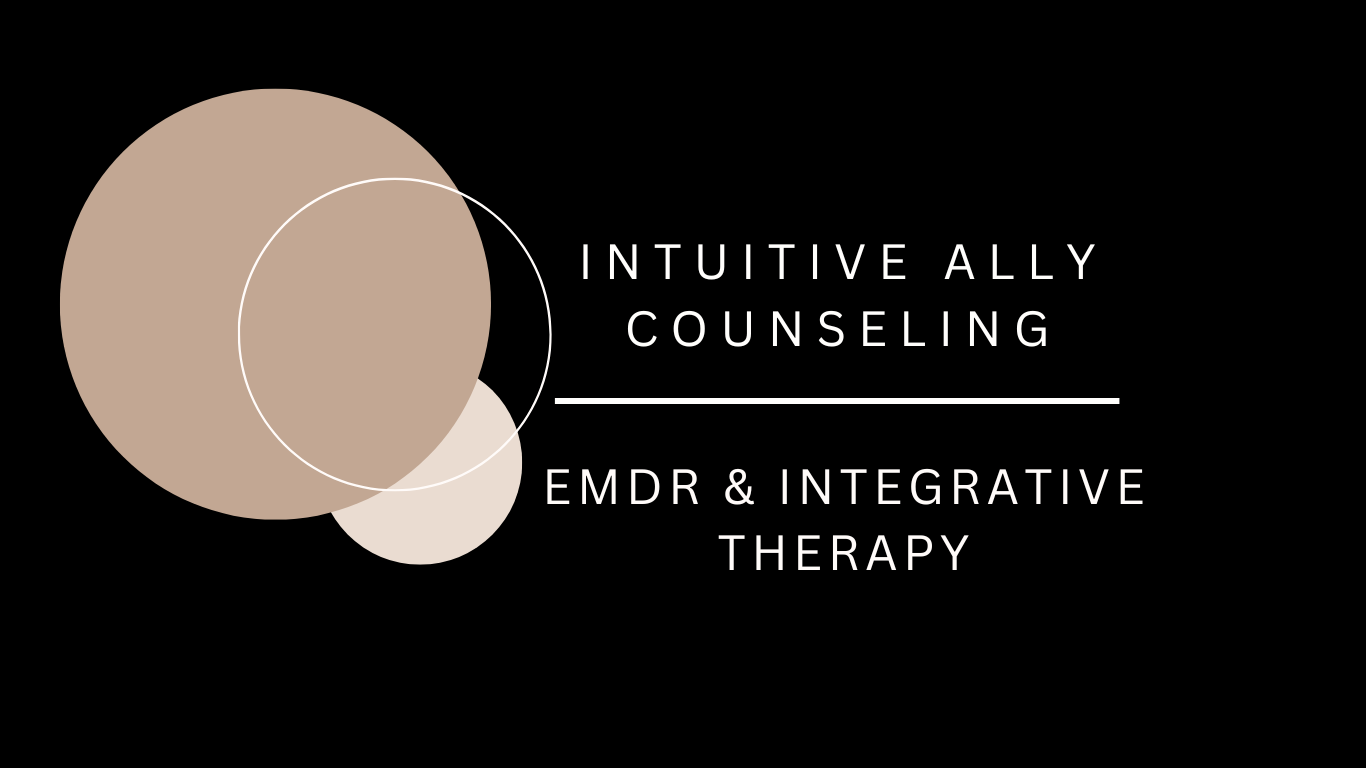
Healing Attachments with EMDR: A Path to Wholeness and Connection
Healing Attachments with EMDR: A Path to Wholeness and Connection
Welcome to the Intuitive Ally Counseling blog, where we explore various therapeutic approaches designed to help you on your journey to healing and growth. In today's post, we'll dive into the fascinating world of Attachment-Based Eye Movement Desensitization and Reprocessing (EMDR). If you're looking to heal attachment wounds, cultivate healthier relationships, and find a sense of connection and wholeness, this powerful therapeutic modality might be just what you need.
Understanding Attachment:
Attachment theory teaches us that our early experiences with caregivers shape the way we relate to ourselves and others throughout our lives. Positive, nurturing attachments can foster a sense of safety, trust, and emotional regulation, while negative or disrupted attachments can lead to difficulties in forming and maintaining healthy relationships.
What is EMDR?
Eye Movement Desensitization and Reprocessing (EMDR) is a highly effective therapy originally developed to treat trauma-related symptoms. It harnesses the brain's natural ability to heal itself by reprocessing distressing memories and integrating them into a more adaptive narrative. EMDR utilizes bilateral stimulation, such as eye movements, sounds, or tapping, to facilitate the processing and resolution of traumatic experiences.
Attachment-Based EMDR:
Attachment-Based EMDR builds upon the foundation of traditional EMDR and integrates attachment theory and principles. This approach recognizes that attachment wounds often underlie various mental health challenges, relationship difficulties, and unresolved traumas. By incorporating attachment-focused interventions within the EMDR framework, we can address these core wounds and promote deep healing and transformation.
How Attachment-Based EMDR Works:
In Attachment-Based EMDR, the therapeutic process begins with developing a safe and secure therapeutic relationship. The therapist provides a nurturing and attuned presence, creating a space where you can explore your attachment patterns, emotions, and experiences with support and validation.
During the EMDR processing phase, specific target memories or incidents related to attachment wounds are identified. These may include early relational experiences, losses, or traumatic events that have influenced your attachment style. Through bilateral stimulation and guided focus, the therapist helps you reprocess these memories, allowing for adaptive integration and healing.
The Benefits of Attachment-Based EMDR:
1. Healing Attachment Wounds: Attachment-Based EMDR offers a unique opportunity to heal deep-seated attachment wounds and negative relational patterns. By resolving past traumas and fostering a sense of safety, trust, and connection within the therapeutic relationship, you can experience profound shifts in your ability to form and maintain healthy attachments.
2. Enhancing Self-Awareness: Through the EMDR process, you gain a deeper understanding of how attachment experiences have shaped your beliefs, emotions, and behaviors. This increased self-awareness empowers you to make conscious choices and create healthier relationship dynamics moving forward.
3. Strengthening Relationships: As you heal attachment wounds and develop a more secure sense of self, Attachment-Based EMDR can enhance your ability to establish and sustain fulfilling relationships. You can experience greater intimacy, communication, and emotional regulation in your connections with others.
4. Resolving Traumatic Memories: EMDR's remarkable ability to process and reframe traumatic memories is enhanced in Attachment-Based EMDR. By integrating attachment-focused interventions, the therapeutic process can address the impact of trauma on your sense of safety, trust, and connection in relationships.
Conclusion:
Attachment-Based EMDR offers a powerful and transformative path to healing attachment wounds, resolving trauma, and cultivating healthier relationships. Through the integration of attachment theory and EMDR's proven effectiveness, this approach allows you to rewire your brain, rewrite your narrative, and experience a greater sense of wholeness and connection.

